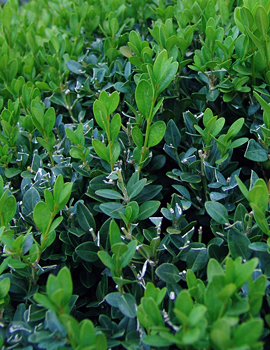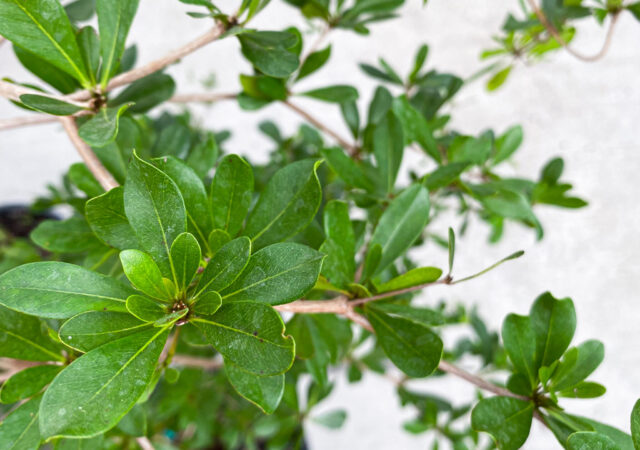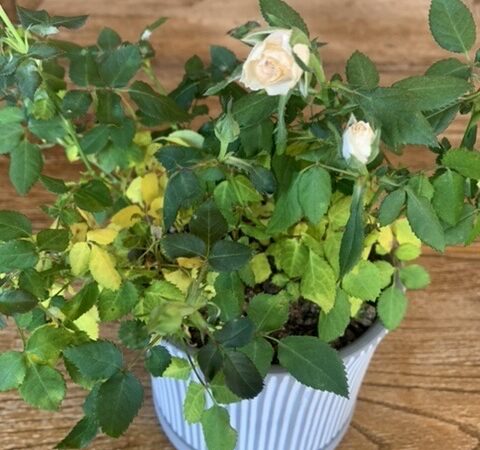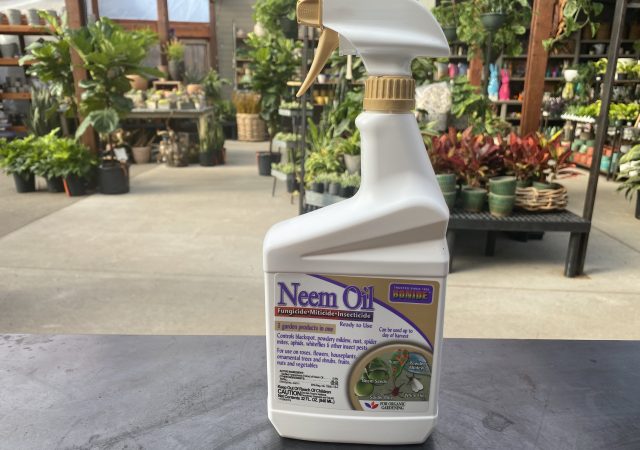
Question:
We had lots of snow burn on our arborvitae last year. We didn’t know we should have covered them. What can we do to prevent this?
Answer:
Winter burn can be a common problem for evergreens, but with proper care and preparation, you can protect your plants and keep them healthy throughout the cold months. Here’s a detailed guide to understanding and preventing winter burn:
What is Winter Burn?
- Definition: The browning of evergreen foliage due to moisture loss.
- Cause: In winter, frozen ground prevents plants from replacing lost water, leading to dehydration.
Causes of Winter Burn
- Drying Winds: Strong winds strip moisture from needles.
- Cold Temperatures: Prolonged freezes make it hard for plants to access water.
- Bright Sun: Reflective sunlight on snow increases transpiration.
- Salt Damage: Road and sidewalk salts can harm roots and foliage.
- Animal Damage: Wildlife may feed on foliage, causing injury.
Signs of Winter Damage
- Scald: Bleached or yellowed needles.
- Browning: Needles turn brown, often on the windward or sunny side.
- Dieback: Foliage and branch tips die.
- Root Injury: Roots damaged by frozen soil or salt.
- Heaving: Plants pushed out of the soil due to freeze-thaw cycles.
How to Prevent Winter Burn
- Water Thoroughly Until Freeze
- Ensure plants are hydrated throughout fall, especially evergreens.
- Deep watering helps roots store enough moisture for winter.
- Apply Anti-Desiccant Spray
- Use products like Wilt Stop to coat foliage and reduce moisture loss.
- Apply on a dry day when temperatures are above freezing.
- Avoid Problematic Locations
- Plant evergreens in spots shielded from strong winds and for yews and boxwood, avoid direct winter sunlight.
- Use Burlap or Screens
- Wrap burlap loosely around shrubs or create windbreaks to block harsh conditions.
- Ensure airflow to prevent mold or rot.
- Choose Resistant Varieties
- Select evergreens known for winter hardiness:
- ‘Rushmore’ Arborvitae
- ‘Techny’ Arborvitae
- Junipers
Additional Tips
- Mulch: Apply a 2-3 inch layer of mulch around the base to insulate roots and retain moisture.
- Monitor: Check for signs of stress throughout the winter and reapply protection as needed.
- Pruning: Wait until spring to prune any damaged branches to encourage healthy regrowth.
With these proactive steps, your evergreens will have a much better chance of emerging green and healthy when spring arrives. Happy gardening! 🌲



